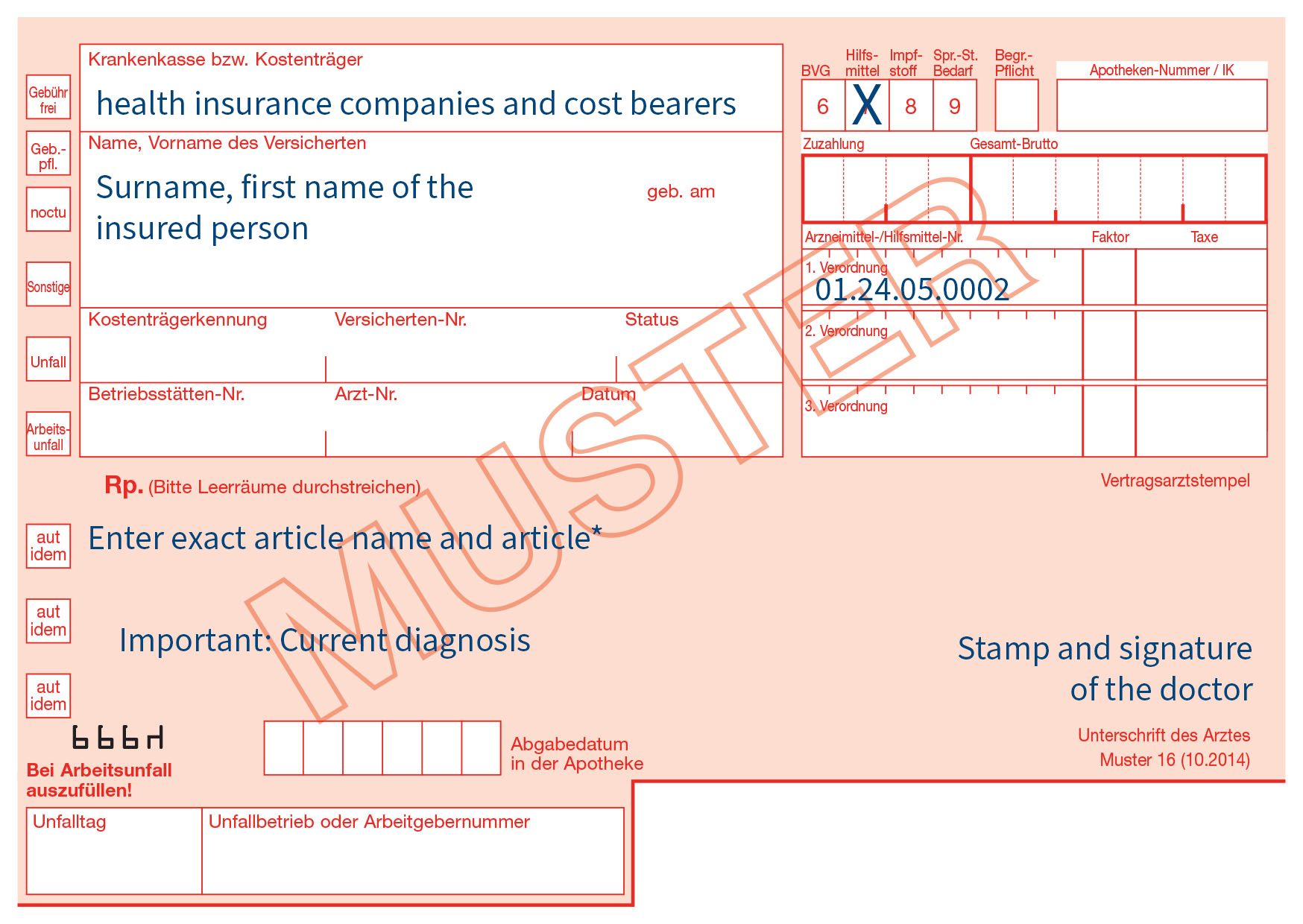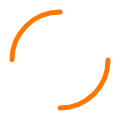My patient
After discharge from the hospital, your patient with an implanted catheter will turn to you for the drainage of pleural effusions and ascites. To optimally prepare you for the patient's questions and then the procedure, we have compiled information in this section for physicians in private practice from many years of experience. Learn more here.
My patient
After discharge from the hospital, your patient with an implanted catheter will turn to you for drainage of pleural effusions and ascites. In order to optimally prepare you for the patient’s questions and the further procedure, we have compiled this section for physicians in private practice from our many years of experience. Learn more here.
1. Catheter passport
Your patient received a so-called catheter passport together with the doctor’s letter from the hospital upon discharge. This is for patient safety and contains all the important information on the implanted catheter for quick orientation.
This passport makes it possible to trace the product back to the manufacturer. Should complications or emergencies arise. It will give you medically relevant information about your patient and the catheter. The right contact people are also listed.
2. Removing the sutures
Due to the constant recurrent pleural effusion or ascites, the attending physician implanted a catheter for long-term drainage during your patient’s hospital stay. Unless complications occur, this catheter will not be changed.
Two incisions were made for implantation, please remove the skin thread after 7 – 10 days and the retaining thread at the exit point of the catheter from the skin level only after about 30 days.
During therapy, we are of course available to answer any questions you and your patients may have.
The great commitment of the competent ewimed field service and the training staff, represented throughout Germany, is noticeable; there is passion behind it.
- Dr. Stefan Welter, Lung Clinic Hemer -
3. Writing prescriptions
The PleurX™ and ewimed drainage sets for patient care at home are prescription materials. Your patient with a catheter needs a prescription from you for this. We will be happy to provide you with sample prescriptions for the individual articles for download. We kindly ask you to fill out the prescription accordingly and to inform the patient that the aids are not available in pharmacies or medical supply stores, but exclusively through the company ewimed. As soon as we receive the original prescription, we send the goods directly to the patient´s home. Use our postage-paid envelopes for mailing the prescription, which we will be happy to send you upon request.
Privately insured patients order the goods from us by phone or online. The patient then submits the bill and prescription to the health insurance company for reimbursement, as usual.
In case you do not have free envelopes yet, please send the prescription to the following address:
ewimed GmbH
Dorfstr. 24
72379 Hechingen
Ordering information on the prescription:

*following items may be prescribed for home care:
Dissipation through soft vacuum
Art. No. 2010
drainova® reservoir drainage set
2000 ml, 2 VE à 10 pieces
Derivation by gravity
Art. No. 50-7505
ewimed drainage set
2000 ml, 2 VE à 10 pieces
Dissipation through vacuum
Art. No. 50-7510
PleurX™ Drainage Set
1000 ml, 2 VE à 10 pieces
or
Art. No. 50-7500B
PleurX™ Drainage Set
500 ml, 2 VE à 10 pieces


